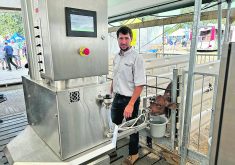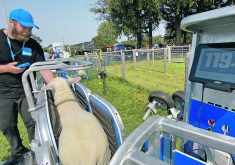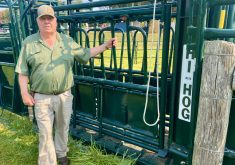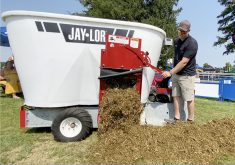Sheets of corrugated cardboard | Plain sheets without printing dyes contain corn starch that helps absorb ammonia and starts to compost in six to nine weeks
WOODSTOCK, Ont. — It seems like a simple idea, but a considerable amount of work was needed before Jillian Jasper could launch her corrugated cardboard bedding business.
“I spent four years researching this idea before I began marketing it,” Jasper said.
“It’s actually a little more expensive, but there’s a shortage of wheat straw and there’s a shortage of wood shavings. We’re also competitive because less is needed and it’s environmentally friendly.”
Animal Bedding Co.’s chopped and shredded cardboard products were the official bedding for dairy and beef animals at Canada’s Outdoor Farm Show held Sept. 9-11 in Woodstock.
Read Also
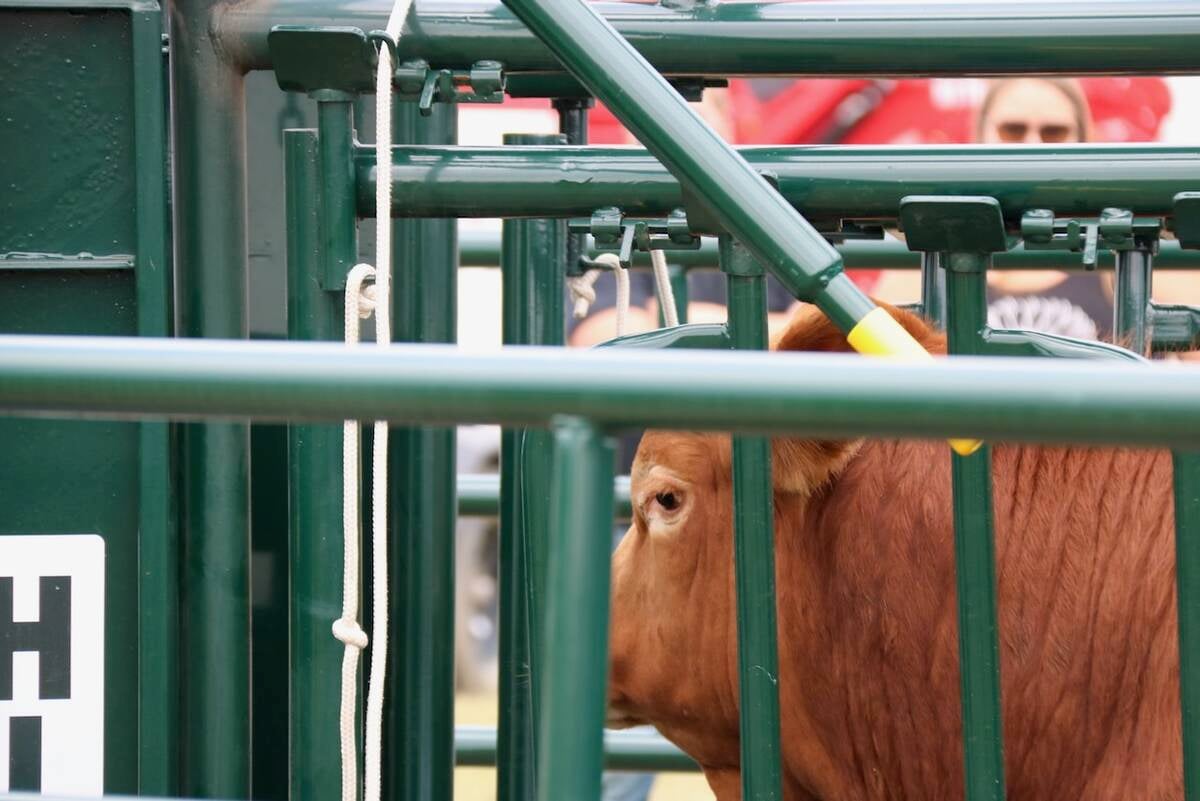
Good handling equipment a must on cattle operations
It’s important for the safety of producers and everyone else dealing with their stock that handling equipment is functional and safe.
It also has sales throughout southwestern and central Ontario.
Jasper said dairy and beef farmers are her biggest customers. The bedding is also sold for poultry, exotic livestock, equines and pets.
She said she got the idea at a horse show in Ohio, where chopped cereal packages were used. It made for a colourful show ring, but she didn’t want artificial dyes in her product.
Jasper uses only virgin sheets and occasionally off-print cardboard when the ink is soy-based.
Corrugated cardboard prices vary, and Jasper stocks up when prices are low.
A handful of employees process the cardboard in a $120,000 facility in Woodstock. It is chopped or shredded, and the dust is extracted during three stage process.
The waste dust is sold to mushroom producers for making compost.
Jasper said cardboard bedding is good for animals that are prone to respiratory ailments.
Cardboard also tends to be buoyant, and the moisture tends to migrate downward.
She said cardboard begins to compost in six to nine weeks in pack-barn situations, and additional cardboard is added to the pack as needed.
Corrugated cardboard’s corn starch content also makes it useful in absorbing ammonia.
Don Hilborn, byproducts management engineer with Ontario’s agriculture ministry, said the recycled cardboard used in the past posed a concern because of impurities, especially staples.
He said farmers interested in switching to new bedding material should start with a small amount to see how well it performs.



